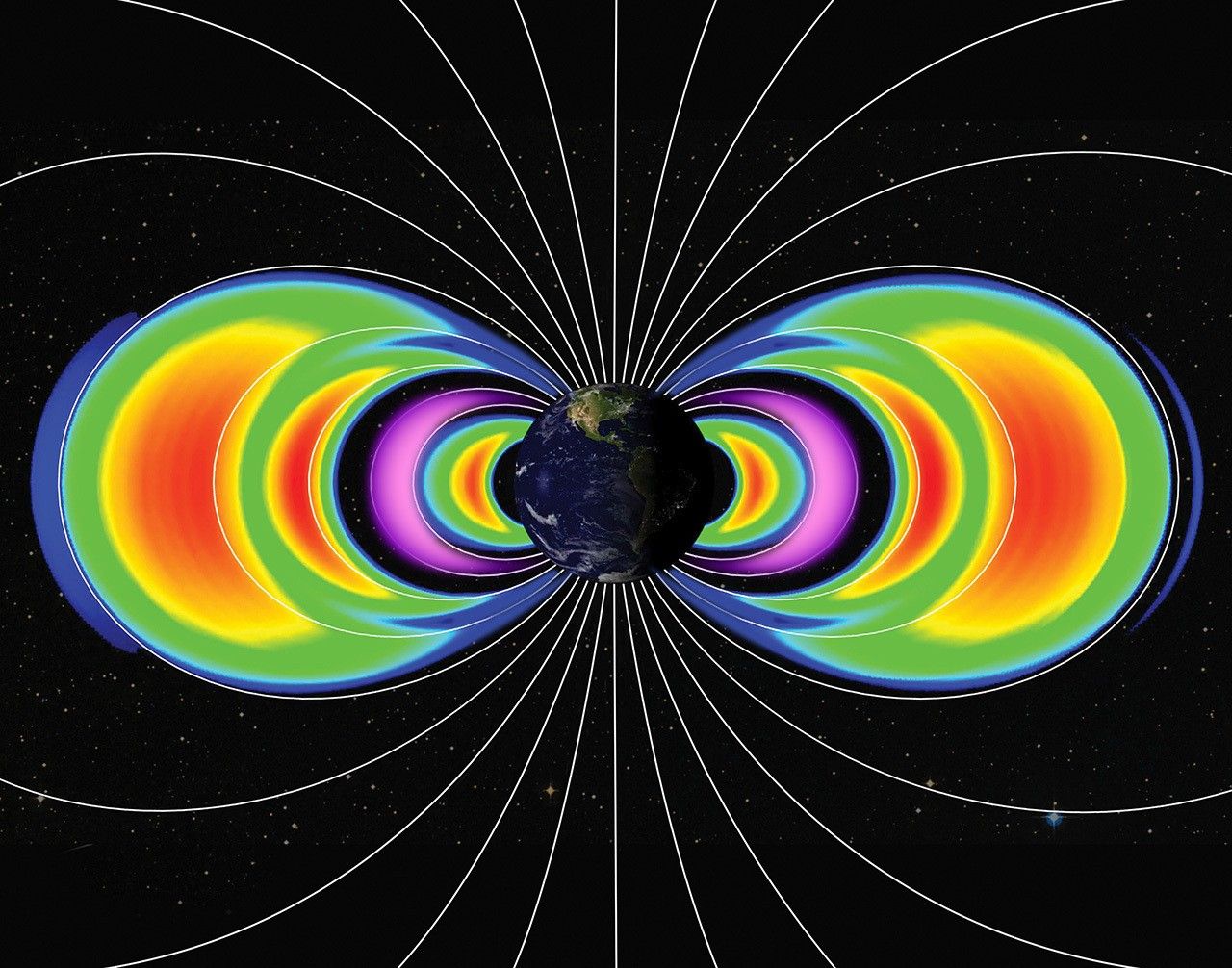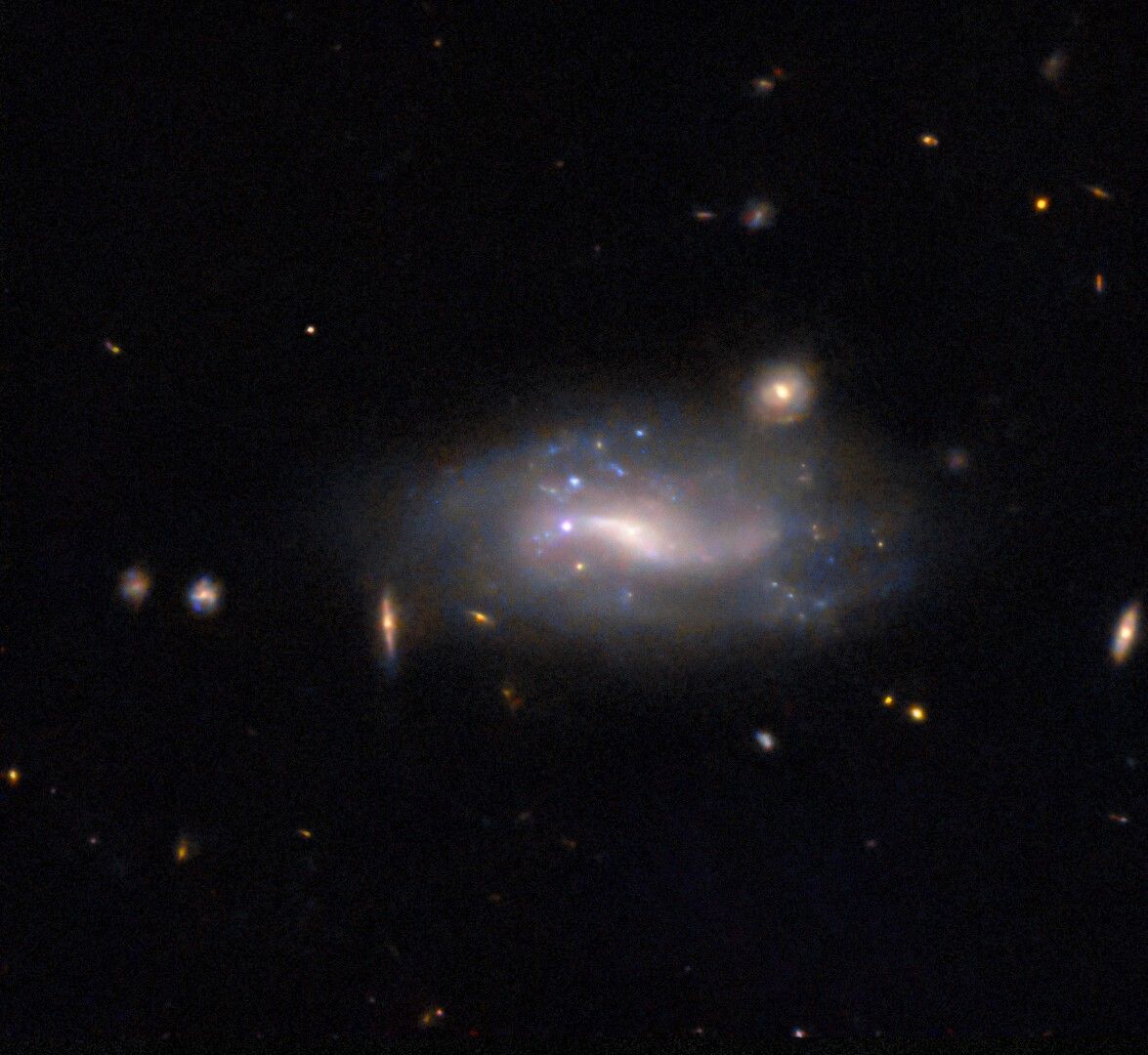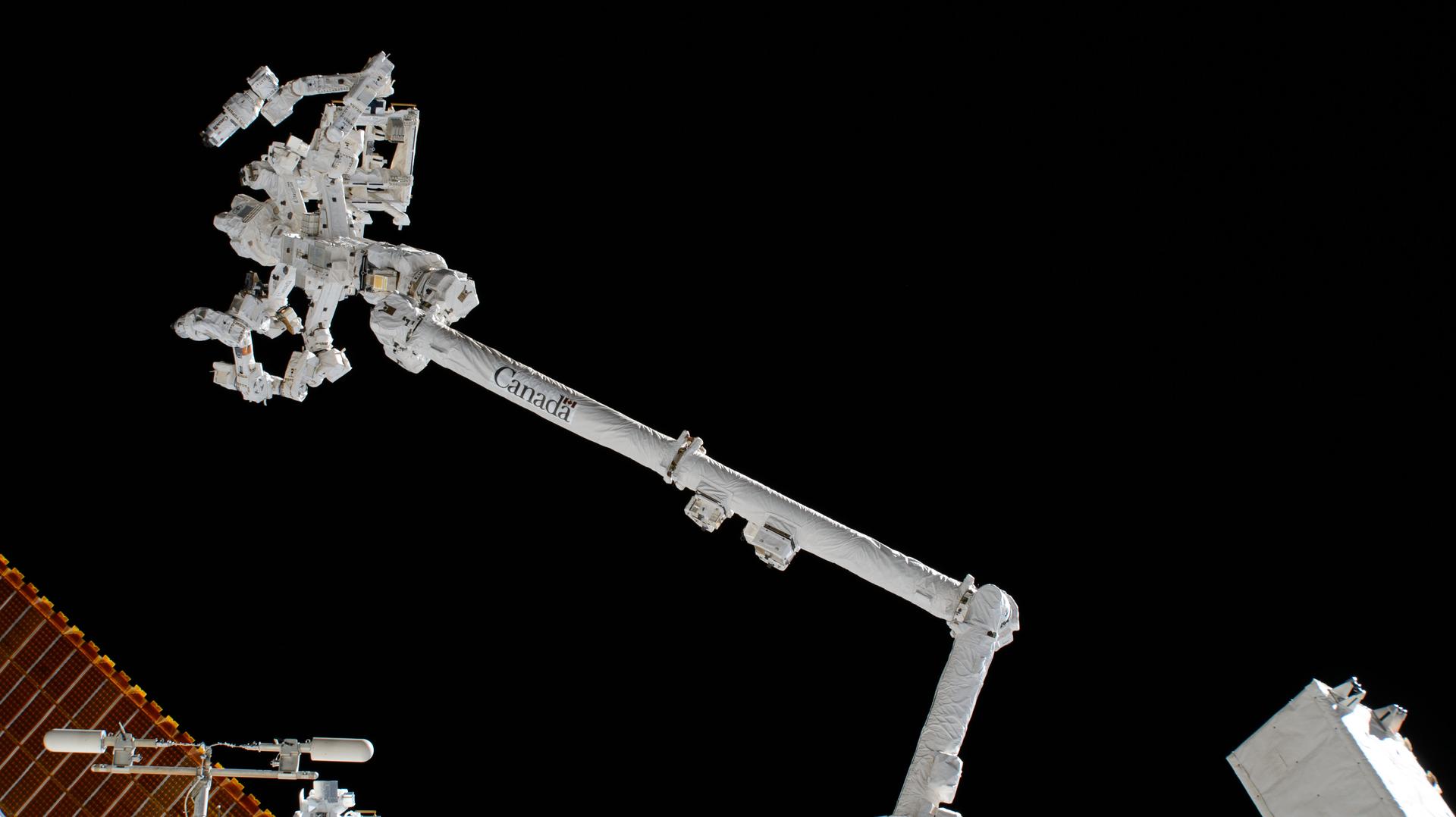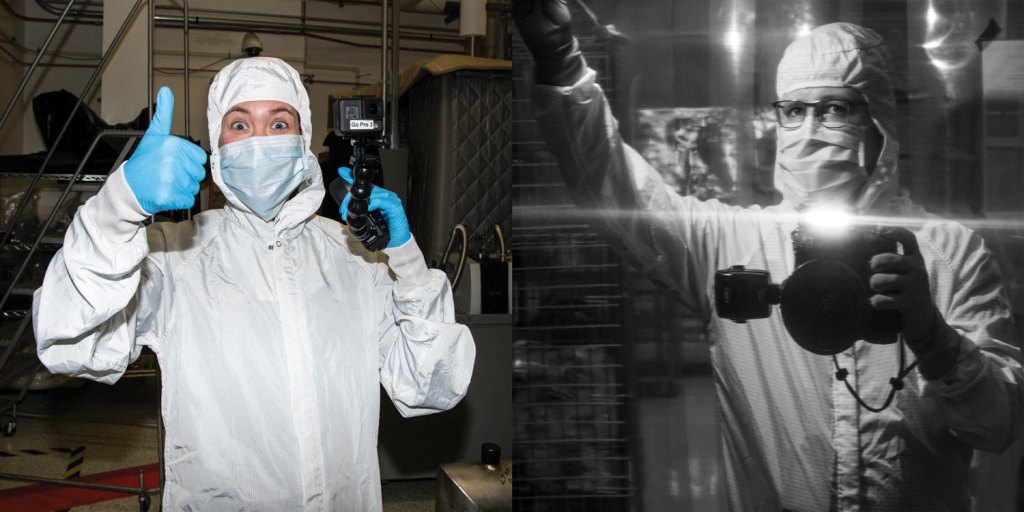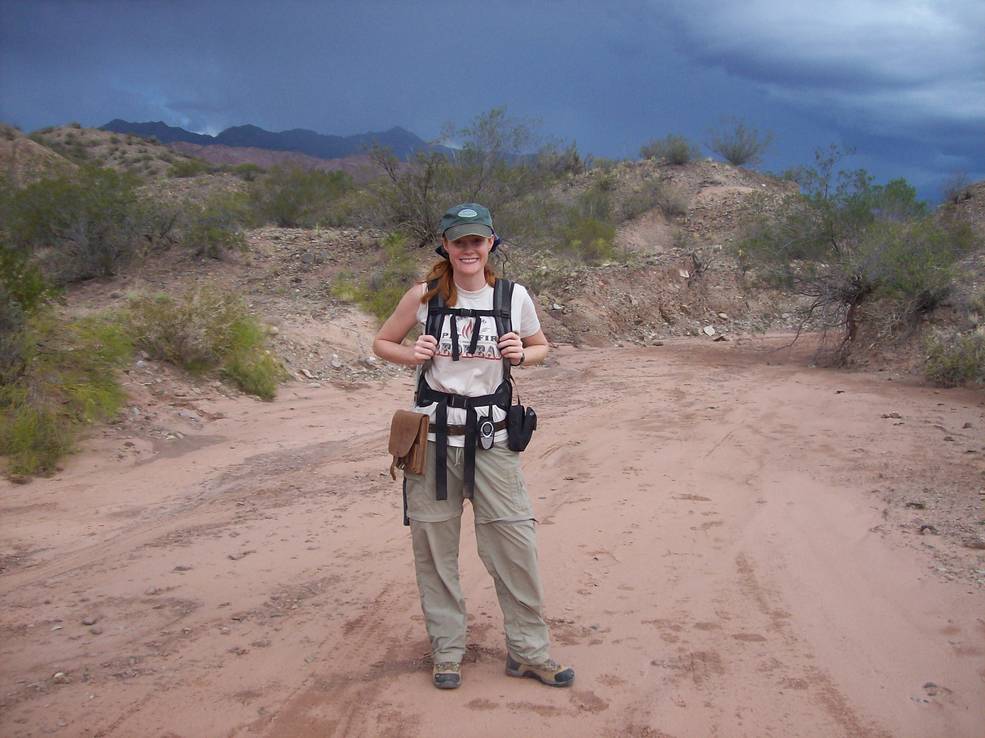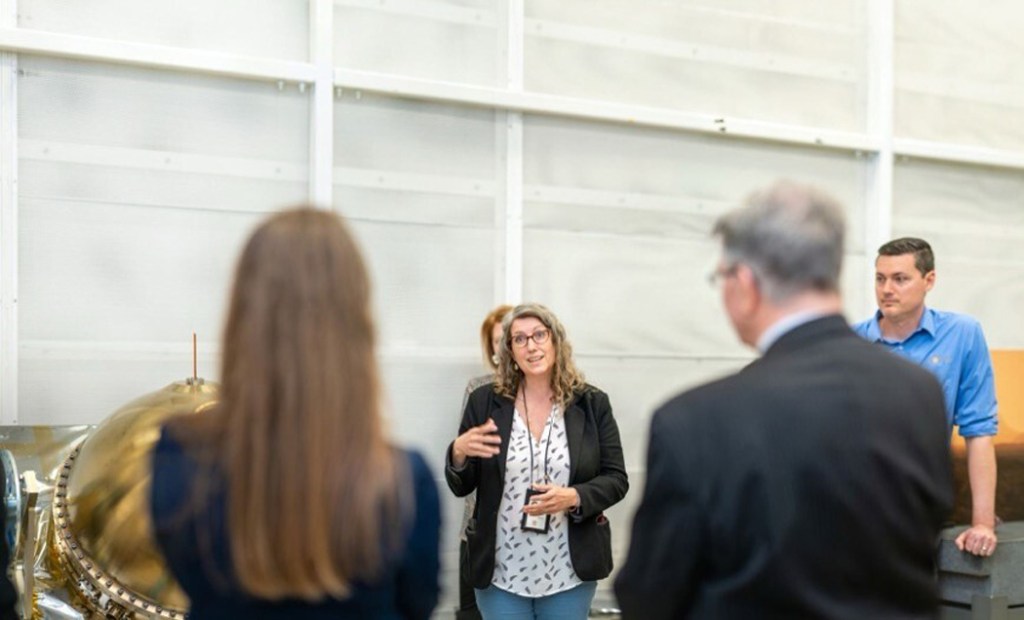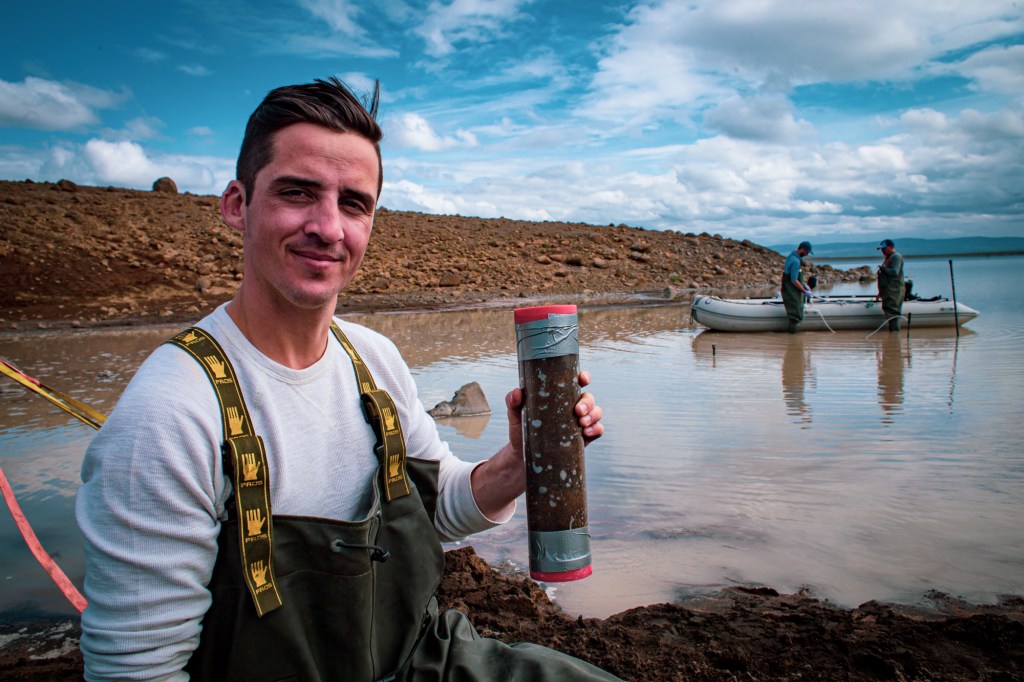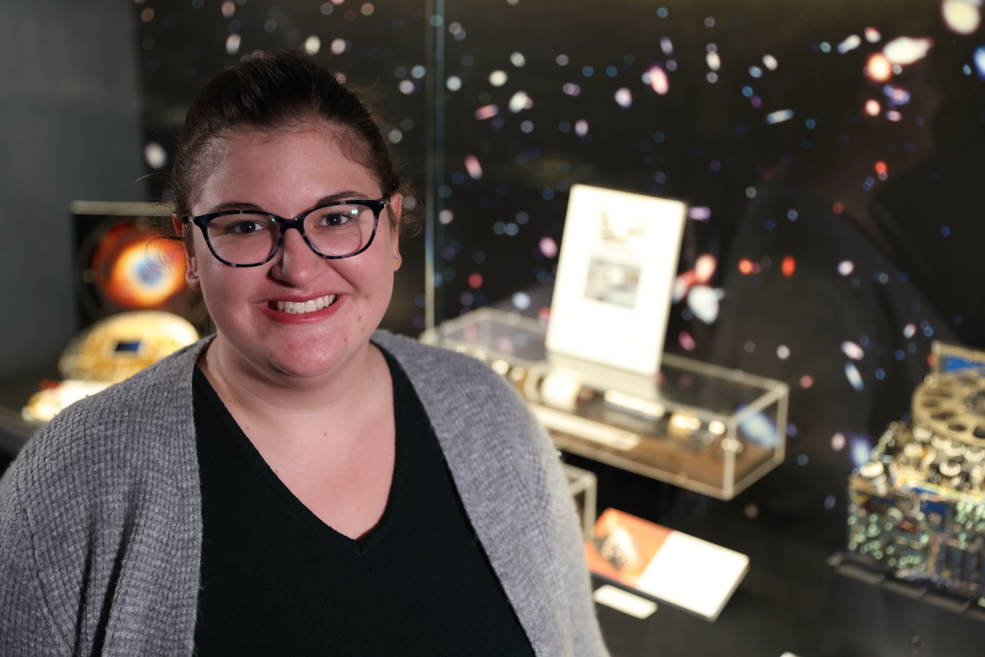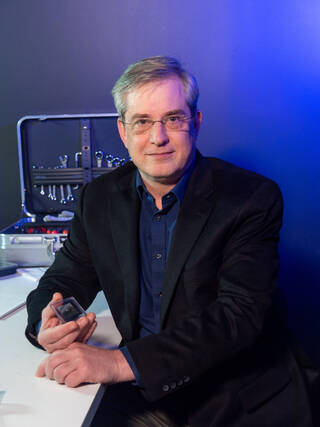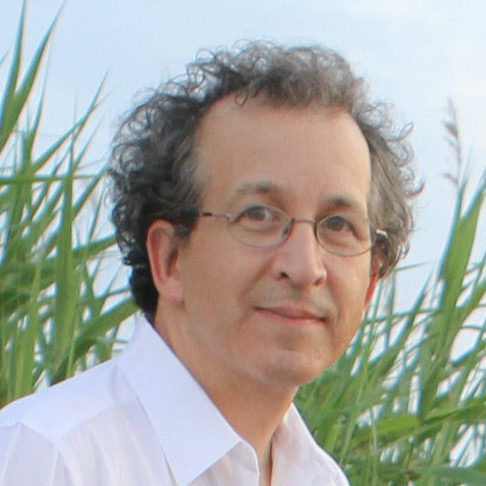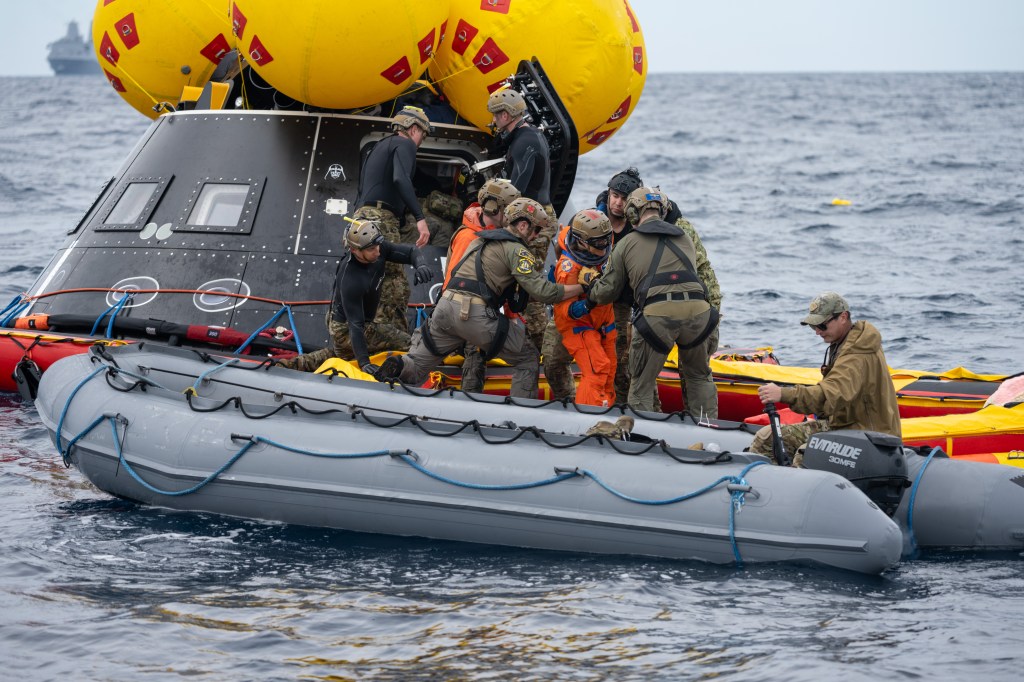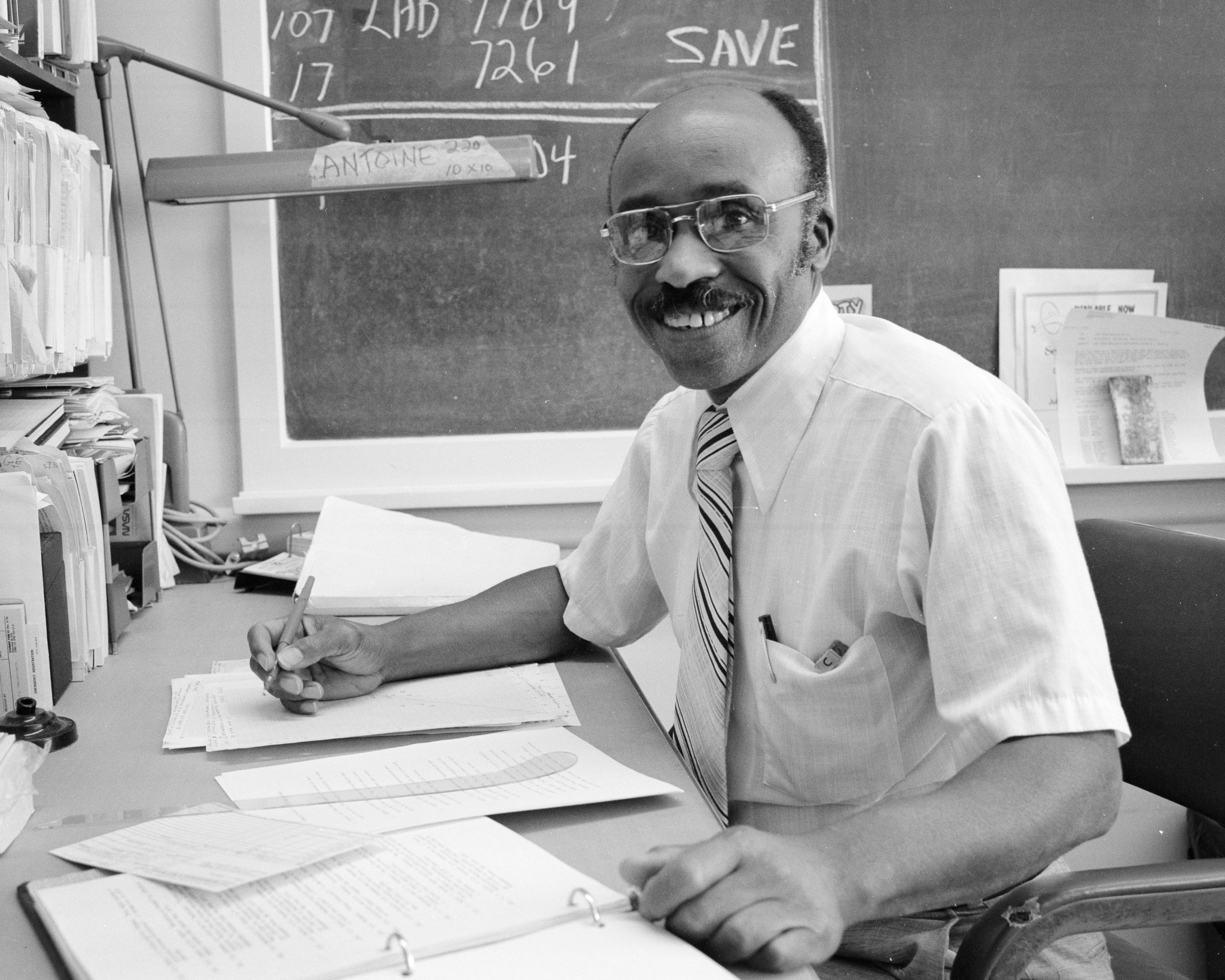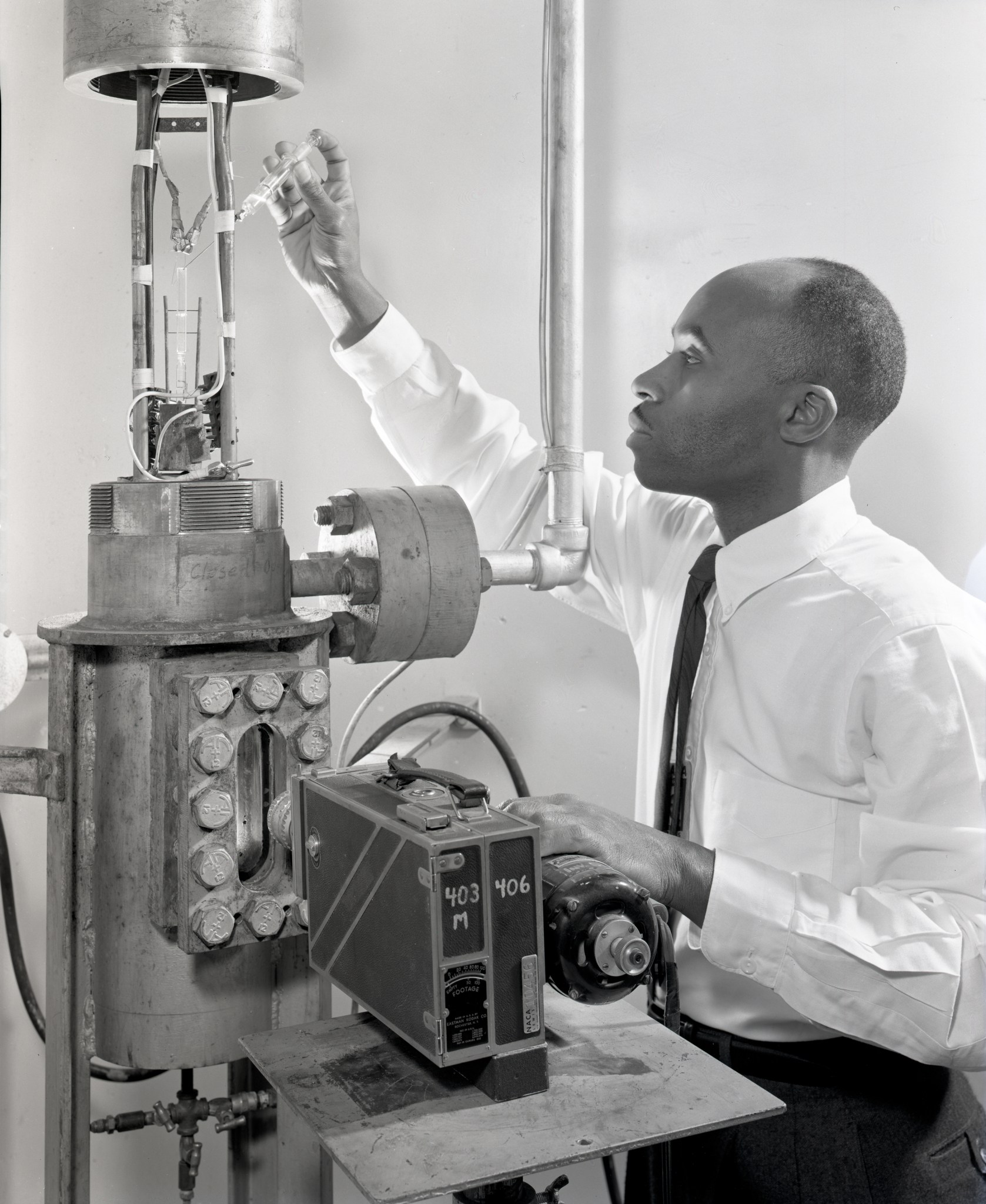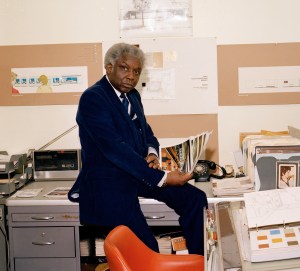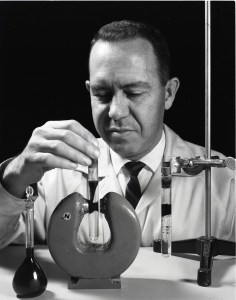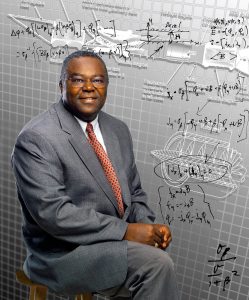In the summer of 1954, a young chemist named Albert Antoine was visiting Cleveland to interview for a job with a rayon manufacturer, when a former university classmate recommended that he apply at the NACA’s Lewis Flight Propulsion Laboratory (today, NASA Glenn). Antoine took the advice and soon began a career at the center that spanned over four decades and multiple fields of research.
While attending City College in New York City during World War II Antoine was drafted into the military. He qualified for the Army Specialized Training Program and was sent to Ohio State University to study civil engineering. He completed his Bachelor of Science degree after the war and went on to earn his doctorate in chemistry at Ohio State in 1953.
When Antoine joined the NACA in August 1954, the Lewis laboratory was examining new high-energy propellant combinations that could dramatically increase the performance of military aircraft and missiles. He was assigned to a small group that analyzed boron and hydrazine-based compounds. Although these chemicals did increase energy levels, the toxicity and combustion byproducts ultimately made their use impractical.
Lewis began phasing out its exotic propellants work in the early 1960s, as the clean-burning hydrogen-oxygen combination was selected for NASA’s new upper-stage rockets. Antoine applied his expertise to the study of electrical power systems for spacecraft. At the time, little was known about the properties of liquid metals being considered as the working fluid for some of the proposed high-efficiency systems. Antoine provided the basic thermodynamic data for mercury paired with either cesium or sodium.
During this period, Antoine joined forces with five Black colleagues to encourage underrepresented and minority students to pursue careers in space. The group’s weekly science club meetings led to NASA-sponsored events at local high schools. In addition, Antoine’s visits to historically Black universities in southwestern Ohio led to the center’s enduring affiliations with the institutions. Antoine’s mentoring activities continued in various forms throughout his career.
In the 1970s, Lewis began applying its technical expertise to problems on Earth. As a member of the new Combustion and Pollution Research Branch, Antoine helped develop new instruments to accurately measure airborne particulate matter. These tools were used to study pollution in the Cleveland area and in air lanes across the country.
In response to the energy crisis of the 1970s, the center studied both renewable energy sources and alternative fossil fuel sources such as coal and oil shale. Antoine and his colleagues analyzed the composition of these non-petroleum fuels and assessed their storage, stability, and emissions characteristics. Antoine authored the summary report in 1982, just before the stabilization of global energy resources led to the cancellation of the program.
Antoine retired from government service in 1983, but immediately returned to his work at Lewis as a research associate through a cooperative agreement with Cleveland State University (CSU). Over the next 13 years he managed NASA-sponsored research in batteries and fuel cells. Antoine and his CSU colleagues were an integral part of the NASA team that advanced the phosphoric acid fuel cell technology to the point of commercialization.
Antoine retired for good in 1996 after 42 years of work at NASA. He passed away in 2017 at the age of 92.
Robert S. Arrighi
NASA Glenn Research Center


